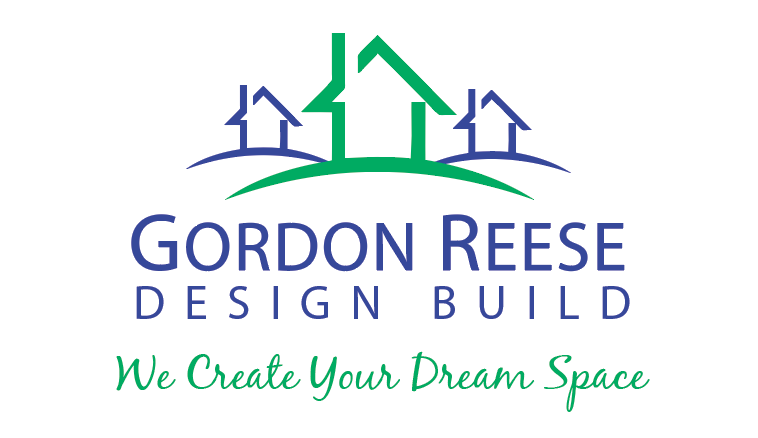[vc_row][vc_column][vc_column_text css=”.vc_custom_1504874856985{margin-bottom: 0px !important;}”]Adding onto a home has the advantage of keeping the home and neighborhood you have, while also giving you the living space and home environment you’ve always wanted. When it comes to home additions it’s always a question of whether to build up or out. While land area and structural considerations need to be taken into account, many homeowners are interested in comparing the costs and investment ranges between building up versus out. Here we analyze the challenges of building up vs. building out when considering room additions.
Contents
Yard Space
Building out is one of the simplistic options for adding on to a home, provided of course that you have the yard space. Single level home additions usually allow less disruption to your home, so you can still live at home while your home addition is completed. It’s important to discuss the space you have with your architect or design build firm to ensure you have the room you need to build out while balancing your remaining yard space.
Laying New Foundations
If you’re adding to your home by building out, you’ll need to lay new foundations, which can add to your investment projection. Laying new foundations may also involve coordinating new water supply, electric and sewage piping.[/vc_column_text][/vc_column][/vc_row][vc_row][vc_column width=”1/3″][vc_single_image image=”2942″ img_size=”full”][/vc_column][vc_column width=”2/3″][vc_column_text css=”.vc_custom_1504874923577{margin-bottom: 0px !important;}”]
Structural Changes
Regardless of whether you’re planning to build up or out, room additions that involve structural changes require a greater investment. Adding on space at the ground level is more efficient if you can add a room directly to an existing doorway without removing walls or making structural changes. This can help to reduce your projected investment for a ground level room addition.
On the other hand, an experienced design build firm may be able to optimize the space you already have without a room addition by making structural changes such as removing a wall. It’s important to consider all your options and discuss these with your contractor before you settle on a room addition.[/vc_column_text][/vc_column][/vc_row][vc_row][vc_column][vc_column_text css=”.vc_custom_1504875019173{margin-bottom: 0px !important;}”]
Plumbing and Electric
Adding new plumbing and electric will be essential for the new space in your home. Building up and adding an additional story can often make installing new plumbing and electrical easier. Wires and pipes can be connected to the existing structures that are already in the lower half of your home. The additional work involved in installing new plumbing and electricity when building out can require a greater investment. However, it’s important to consider the safety concerns of using your existing wiring and pipes when building up, especially if your home is older.
Roof, Support, and Foundation
If you’re planning to build up and add a second story, your roof will need to be removed and you’ll probably need to move out of your home during this process. Your architect or design build firm will also need to ensure that your foundation and existing structures can support an additional story. Reinforcing your foundation can add extra cost to the process of building up. It’s also important to account for the cost of moving out of your home during your home addition. There’s also a risk of damage to your existing structures, so it’s essential to have an experienced design build contractor inspect and analyze your property before building.
Cost Comparison
Building up is more expensive than building out because the existing structure below the addition will need to be remodeled to support the addition. You are paying to add the second floor and remodel the first floor to accommodate.
Aging in place – Universal Design
Building out has the advantage here by eliminating the need for stairs.
Closing remarks
These are just a few of the many reasons why it’s essential to consult with an experienced design build firm or architect to help you evaluate the investment before deciding between building up or building out.[/vc_column_text][/vc_column][/vc_row]

Recent Comments